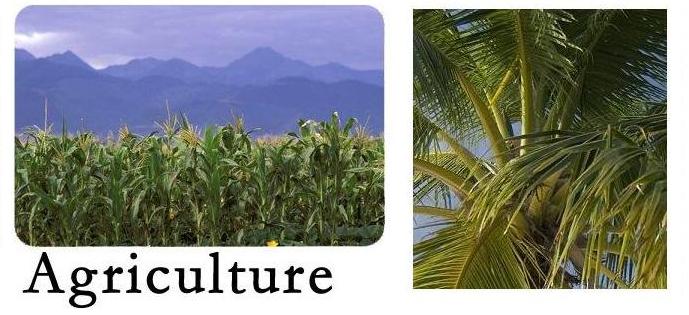
Malaysia, federation of 13 states forming a constitutional monarchy in South East Asia, comprising two distinct regions separated by some 650 km (400 mi) of the South China Sea. Malaysia is a member of the Commonwealth of Nations. The regions are Peninsular Malaysia, formerly known as West Malaysia; and Sarawak and Sabah, formerly known as East Malaysia. Peninsular Malaysia comprises 11 states occupying the southern half of the Malay Peninsula, bordered on the north by Thailand, on the south by Singapore, on the west by the Strait of Malacca, and on the east by the South China Sea. The states of Sabah and Sarawak occupy the northern third of the island of Borneo, and are bordered on the north and west by the South China Sea, on the east by the Sula and Celebes seas, and on the south by the Indonesian province of Kalimantan. The island of Labuan, formerly part of Sabah, was made a federal territory in 1984. The sultanate of Brunei forms a coastal enclave in northern Sarawak.
Malaysia was formed on September 16, 1963 by the federal union of the 11 states of Peninsular Malaysia—then forming the Federation of Malaya (an independent nation since 1957)—with the self-governing state of Singapore, and the former British colonies of Sabah (North Borneo) and Sarawak. Singapore left the new federation in 1965. Malaysia has a total land area of 329,758 sq km (127,320 sq mi). The federal territory of Kuala Lumpur is Malaysia’s capital and largest city.
Malaysia was formed on September 16, 1963 by the federal union of the 11 states of Peninsular Malaysia—then forming the Federation of Malaya (an independent nation since 1957)—with the self-governing state of Singapore, and the former British colonies of Sabah (North Borneo) and Sarawak. Singapore left the new federation in 1965. Malaysia has a total land area of 329,758 sq km (127,320 sq mi). The federal territory of Kuala Lumpur is Malaysia’s capital and largest city.










